Home>Gardening & Outdoor>Landscaping Ideas>How To Grow St Augustine Grass
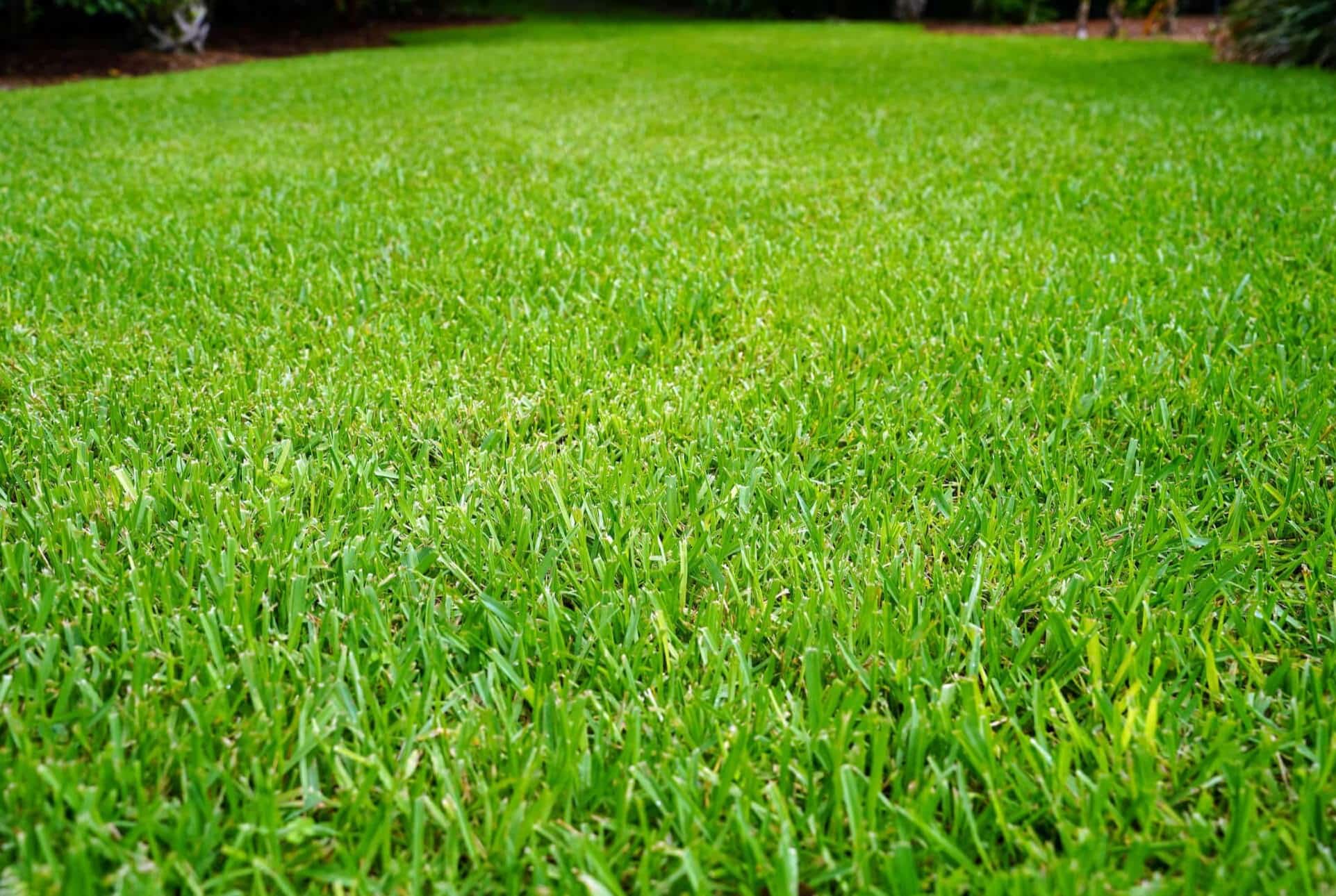

Landscaping Ideas
How To Grow St Augustine Grass
Modified: September 2, 2024
Learn the best landscaping ideas for growing St Augustine grass in your yard. Discover expert tips and techniques for a lush, green lawn.
(Many of the links in this article redirect to a specific reviewed product. Your purchase of these products through affiliate links helps to generate commission for Storables.com, at no extra cost. Learn more)
Introduction
So, you've decided to upgrade your lawn, and you're considering St. Augustine grass. Well, you're in for a treat! St. Augustine grass is a popular choice for lawns due to its lush, green appearance and ability to thrive in warm, coastal regions. In this comprehensive guide, we'll walk you through the process of growing and maintaining a beautiful St. Augustine grass lawn. From soil preparation to dealing with pests and diseases, we've got you covered.
Whether you're a seasoned gardener or a novice enthusiast, this article will equip you with the knowledge and techniques needed to cultivate a vibrant and healthy St. Augustine grass lawn. So, grab your gardening gloves and let's dive into the world of St. Augustine grass!
Key Takeaways:
- St. Augustine grass is a resilient, lush, and vibrant turfgrass that thrives in warm, coastal regions. Understanding its specific needs, from soil preparation to maintenance, is crucial for cultivating a healthy and visually stunning lawn.
- Proper watering, fertilizing, and maintenance practices are essential for nurturing a thriving St. Augustine grass lawn. By staying attentive to potential pests and diseases, you can safeguard the vitality and beauty of your outdoor space.
Read more: How To Grow St. Augustine Grass In Florida
Understanding St Augustine Grass
Before diving into the nitty-gritty of growing St. Augustine grass, it's essential to understand the characteristics of this popular turfgrass. St. Augustine grass, scientifically known as Stenotaphrum secundatum, is a warm-season grass celebrated for its dense, carpet-like growth and vibrant green hue. Its broad, flat blades and thick thatch make it a favorite choice for lawns in the southern United States and coastal areas.
This resilient grass variety thrives in warm, humid climates and exhibits excellent tolerance to salt, making it a top pick for coastal regions. St. Augustine grass is also known for its shade tolerance, making it suitable for lawns with partially shaded areas.
One of the key benefits of St. Augustine grass is its rapid growth and ability to quickly fill in bare spots, creating a lush and uniform lawn. However, it’s important to note that this grass type is sensitive to cold temperatures and may experience winter dormancy in cooler regions.
When it comes to maintenance, St. Augustine grass requires regular mowing and moderate water consumption. Understanding the specific needs and growth patterns of this grass will set the stage for successful cultivation and long-term lawn care.
Now that we've gained insight into the nature of St. Augustine grass, let's move on to the crucial step of soil preparation, laying the groundwork for a thriving lawn.
Soil Preparation
Creating the optimal foundation for your St. Augustine grass lawn begins with thorough soil preparation. Before planting, it’s essential to assess the soil composition and make any necessary amendments to ensure an ideal growing environment for this warm-season grass.
First and foremost, conduct a soil test to determine the pH level and nutrient content of your soil. St. Augustine grass thrives in slightly acidic to neutral soil with a pH range of 6.0 to 7.5. If your soil’s pH deviates from this range, consider incorporating lime to raise the pH or elemental sulfur to lower it, based on the test results.
Next, assess the soil’s texture. St. Augustine grass flourishes in well-draining soil that retains moisture without becoming waterlogged. If your soil is heavy and compacted, incorporate organic matter such as compost or peat moss to improve its texture and drainage capabilities.
Prior to planting, it’s advisable to perform a soil aeration process to alleviate compaction and enhance air circulation within the soil. This can be achieved using a core aerator, which removes small plugs of soil, allowing for improved water and nutrient penetration.
Once the soil has been tested, amended, and aerated, it’s time to address any existing weeds. Remove any invasive plant species and their roots to prevent competition for nutrients and space once the St. Augustine grass is established.
Lastly, consider incorporating a high-quality, slow-release fertilizer into the soil to provide essential nutrients for the grass’s initial growth. This step sets the stage for healthy root development and vigorous establishment of your St. Augustine grass lawn.
By diligently preparing the soil to meet the specific needs of St. Augustine grass, you’ll create an environment conducive to robust growth and long-term vitality. With the groundwork laid, we can now delve into the process of planting St. Augustine grass, bringing us one step closer to a lush and thriving lawn.
Planting St Augustine Grass
With the soil primed and ready, it’s time to embark on the exciting process of planting St. Augustine grass. Whether you’re starting from sod, plugs, or sprigs, careful attention to planting techniques is crucial for ensuring successful establishment and a uniform lawn appearance.
If you’ve opted for sod installation, begin by preparing the soil surface to create a smooth and level foundation. Remove any debris, rocks, or existing vegetation, and ensure that the soil is lightly compacted to provide a stable base for the sod. Once the soil is prepped, lay the sod in a staggered pattern, pressing it firmly into the soil to eliminate air pockets and promote root-to-soil contact.
For those choosing to plant St. Augustine grass from plugs or sprigs, prepare the soil by creating small furrows or divots to accommodate the plugs or sprigs. Space them appropriately to facilitate even coverage, and gently press them into the soil to establish contact for efficient rooting.
After planting, thoroughly water the newly installed sod, plugs, or sprigs to promote initial root growth and reduce transplant shock. Adequate moisture is critical during the establishment phase, so be diligent in providing regular, deep watering to encourage healthy root development.
It’s important to note that timing plays a significant role in the success of planting St. Augustine grass. Optimal planting periods typically coincide with the grass’s active growth phase, which occurs during the warmer months in regions where St. Augustine grass thrives. This timing allows the grass to capitalize on favorable growing conditions and establish itself before facing adverse environmental stressors.
As the newly planted grass takes root and begins to flourish, monitor its progress closely and be mindful of any signs of stress or inadequate growth. With careful planting and attentive care, you’ll soon witness the transformation of your lawn as the St. Augustine grass spreads and fills in, creating a verdant carpet of lush, vibrant green.
With the St. Augustine grass successfully planted, our next focus shifts to essential practices for watering and fertilizing, nurturing the grass to ensure robust growth and long-term health.
Water St. Augustine grass deeply and infrequently, allowing the soil to dry out between waterings. This encourages deep root growth and helps the grass withstand drought.
Watering and Fertilizing
Proper watering and fertilizing are essential components of maintaining a healthy and vibrant St. Augustine grass lawn. By understanding the specific water and nutrient requirements of this grass variety, you can promote lush growth and resilience against environmental stressors.
When it comes to watering, St. Augustine grass thrives with consistent moisture while also demonstrating good drought tolerance once established. During the initial establishment phase, provide frequent, light watering to keep the soil consistently moist without becoming waterlogged. As the grass takes root and begins to grow, transition to a deeper, less frequent watering schedule to encourage robust root development and drought resistance.
It’s important to water early in the day to allow the grass blades to dry before evening, reducing the risk of disease development. Additionally, be mindful of local watering restrictions and adjust your watering schedule accordingly to comply with any regulations in your area.
When it comes to fertilizing, St. Augustine grass benefits from regular applications of a balanced fertilizer to maintain vibrant color and healthy growth. Opt for a slow-release fertilizer with a 4-1-2 or 3-1-2 ratio of nitrogen, phosphorus, and potassium, designed specifically for St. Augustine grass. Apply the fertilizer as directed, typically during the active growing season, and water it in thoroughly to promote efficient nutrient uptake.
Be cautious not to over-fertilize, as excessive nitrogen can lead to thatch buildup and make the grass more susceptible to pests and diseases. Following the recommended fertilization schedule and using the appropriate products will help sustain the grass’s vigor and resilience.
As with any aspect of lawn care, observation and adjustment are key. Monitor the grass for any signs of stress, such as wilting or discoloration, and adjust your watering and fertilizing practices accordingly. By providing the right balance of moisture and nutrients, you’ll foster a thriving St. Augustine grass lawn that serves as a testament to your attentive care and dedication.
With watering and fertilizing practices in place, our next focus turns to the art of mowing and maintenance, ensuring that your St. Augustine grass lawn remains tidy and healthy throughout the growing season.
Read more: How To Fertilize St. Augustine Grass
Mowing and Maintenance
Proper mowing and maintenance practices play a pivotal role in nurturing a healthy and visually appealing St. Augustine grass lawn. By adhering to the recommended mowing techniques and incorporating essential maintenance tasks, you can promote dense growth and a uniform, well-kept appearance for your lawn.
When it comes to mowing St. Augustine grass, it’s crucial to maintain an optimal mowing height to support healthy growth and resilience. Set your mower blade to a height of around 3 to 4 inches, as this allows the grass to develop strong, deep roots and provides shade to the soil, reducing moisture loss and weed competition. Avoid scalping the grass, as excessively low mowing can stress the turf and make it more susceptible to pests and diseases.
Additionally, vary the mowing direction with each mowing session to prevent soil compaction and minimize the risk of developing ruts in the lawn. This approach promotes upright growth and an even, attractive appearance for your St. Augustine grass.
Regular maintenance tasks such as edging, trimming, and removing debris contribute to the overall neatness and health of your lawn. Keep the lawn edges well-defined and tidy, and promptly remove any weeds that may encroach on the grass, preventing them from competing for resources and space.
As part of your maintenance routine, periodically inspect the lawn for signs of thatch accumulation. While a thin layer of thatch can benefit the grass by insulating the soil and reducing compaction, excessive thatch can hinder water and nutrient penetration. If thatch becomes problematic, consider dethatching the lawn to promote a healthier growing environment for the St. Augustine grass.
Regular irrigation system maintenance, including checking for proper coverage and addressing any malfunctions, is also crucial in ensuring consistent and efficient watering for the lawn. Additionally, keep an eye out for any signs of pests or diseases, addressing any issues promptly to prevent them from compromising the health and appearance of your St. Augustine grass.
By incorporating these mowing and maintenance practices into your lawn care regimen, you’ll foster a lush and well-manicured St. Augustine grass lawn that serves as a testament to your dedication and attention to detail. With the foundation of mowing and maintenance established, our next focus shifts to addressing potential pests and diseases that may affect your lawn.
Dealing with Pests and Diseases
While St. Augustine grass is known for its resilience, it is not immune to pests and diseases that can potentially impact its health and appearance. Vigilance and prompt action are key in addressing and mitigating the effects of common lawn pests and diseases that may affect your St. Augustine grass.
One of the most prevalent pests that can afflict St. Augustine grass is the chinch bug. These tiny insects feed on the grass, causing yellowing and wilting, and can quickly infest large areas of the lawn. Keep an eye out for signs of chinch bug activity, such as irregular patches of discolored grass, and consider applying targeted insecticides if an infestation is detected.
Another common pest that can pose a threat to St. Augustine grass is the sod webworm. These caterpillars feed on the grass blades, leading to brown patches and visible surface damage. Regular monitoring and the application of appropriate insecticides can help manage sod webworm infestations and protect the health of your lawn.
In addition to pests, St. Augustine grass is susceptible to certain diseases, such as brown patch and gray leaf spot. Brown patch manifests as circular, discolored patches in the lawn, while gray leaf spot is characterized by small, tan lesions on the grass blades. Fungicides and cultural practices, such as improving air circulation and reducing excess moisture, can aid in controlling and preventing the spread of these diseases.
Proper lawn maintenance, including regular mowing at the recommended height and avoiding over-fertilization, can contribute to the overall health and resilience of St. Augustine grass, making it less susceptible to pest and disease issues. Additionally, addressing any underlying soil or environmental factors, such as poor drainage or excessive thatch, can help create an environment that is less conducive to pest and disease development.
By staying attuned to the signs of potential pest and disease activity and taking proactive measures to address these issues, you can safeguard the vitality and beauty of your St. Augustine grass lawn. With a keen eye and a proactive approach, you can effectively manage and mitigate the impact of pests and diseases, ensuring that your lawn remains a lush and inviting outdoor space.
With a thorough understanding of the challenges posed by pests and diseases, as well as the strategies for addressing them, you are well-equipped to navigate potential threats and maintain the health and vibrancy of your St. Augustine grass lawn. As we conclude this guide, let’s reflect on the journey of cultivating and caring for this resilient and visually stunning turfgrass.
Conclusion
Congratulations on embarking on the journey of cultivating a lush and vibrant St. Augustine grass lawn. By delving into the nuances of soil preparation, planting techniques, and essential maintenance practices, you’ve gained valuable insights into nurturing this resilient turfgrass to its full potential.
St. Augustine grass, with its lush, dense growth and vibrant green hue, has captivated homeowners and landscapers for its ability to thrive in warm, coastal regions. Its resilience and rapid growth make it a popular choice for lawns, providing a visually appealing and inviting outdoor space for relaxation and recreation.
As you’ve discovered, the process of growing and maintaining a St. Augustine grass lawn encompasses a series of essential steps, from soil preparation and planting to watering, fertilizing, and ongoing maintenance. Each stage plays a crucial role in fostering healthy growth and resilience, ensuring that your lawn remains a testament to your dedication and care.
By understanding the specific needs and growth patterns of St. Augustine grass, you’ve laid the groundwork for a thriving lawn that can withstand environmental stressors and maintain its lush appearance. From the careful selection of planting materials to the diligent application of watering and fertilizing practices, you’ve embraced the art and science of cultivating a vibrant and resilient lawn.
As you continue to tend to your St. Augustine grass lawn, remember that attentive observation and proactive care are key to addressing potential challenges, such as pests and diseases, and maintaining the health and beauty of your outdoor space. With each season, your efforts will be rewarded as the grass flourishes and transforms your landscape into a verdant oasis.
Whether you’re a seasoned gardener or a novice enthusiast, the journey of growing St. Augustine grass is a rewarding and fulfilling endeavor. Your commitment to nurturing a healthy and visually stunning lawn will create a welcoming and inviting outdoor environment for you, your family, and your guests to enjoy for years to come.
As you savor the lush expanse of your St. Augustine grass lawn, take pride in the knowledge that your dedication and care have contributed to the creation of a vibrant and captivating outdoor sanctuary. Your journey with St. Augustine grass is a testament to the transformative power of thoughtful cultivation and the enduring beauty of nature’s green tapestry.
So, as you bask in the beauty of your flourishing St. Augustine grass lawn, remember that the journey of cultivation is a continual source of joy and fulfillment, offering a living canvas of natural splendor for you to cherish and admire.
Frequently Asked Questions about How To Grow St Augustine Grass
Was this page helpful?
At Storables.com, we guarantee accurate and reliable information. Our content, validated by Expert Board Contributors, is crafted following stringent Editorial Policies. We're committed to providing you with well-researched, expert-backed insights for all your informational needs.
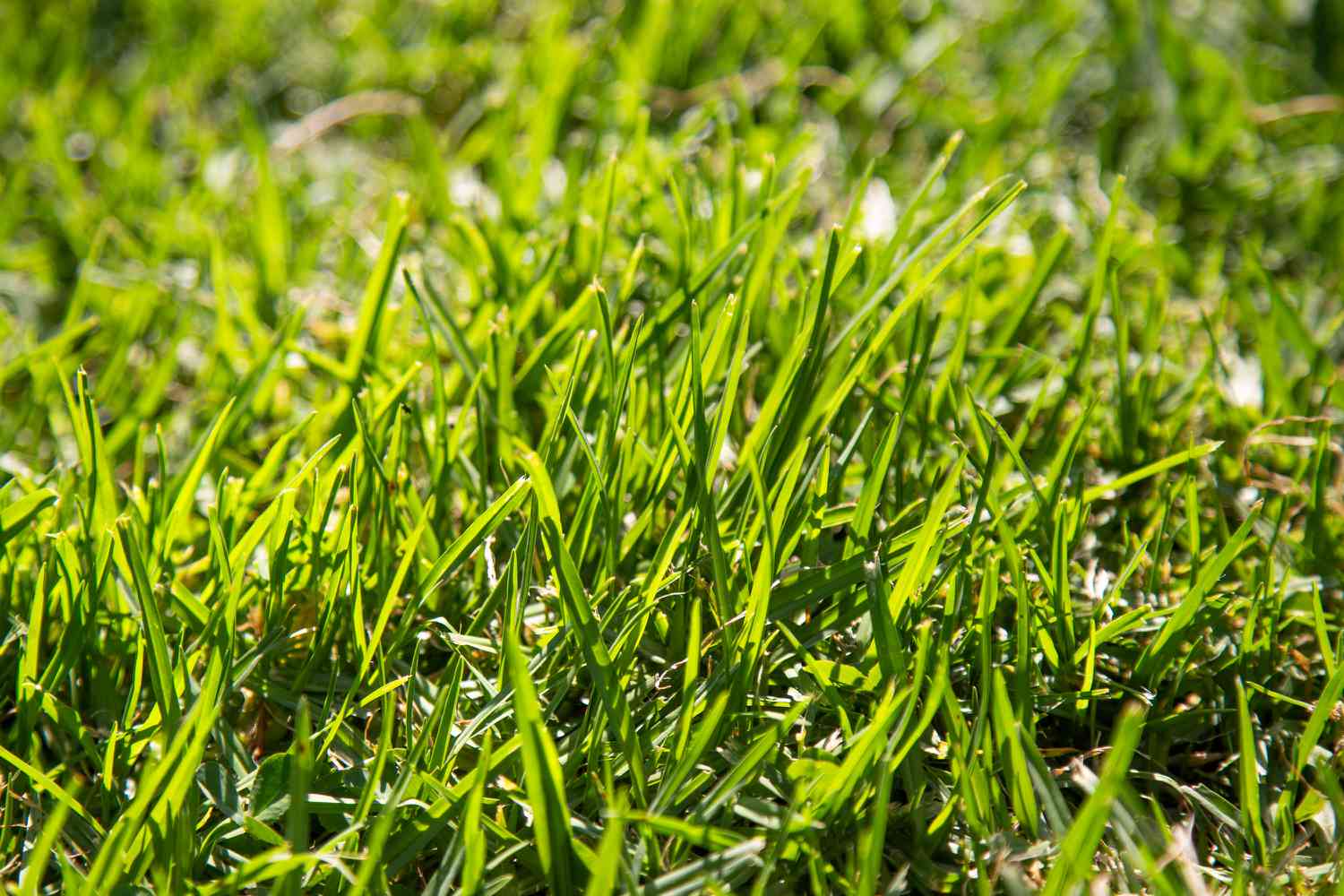
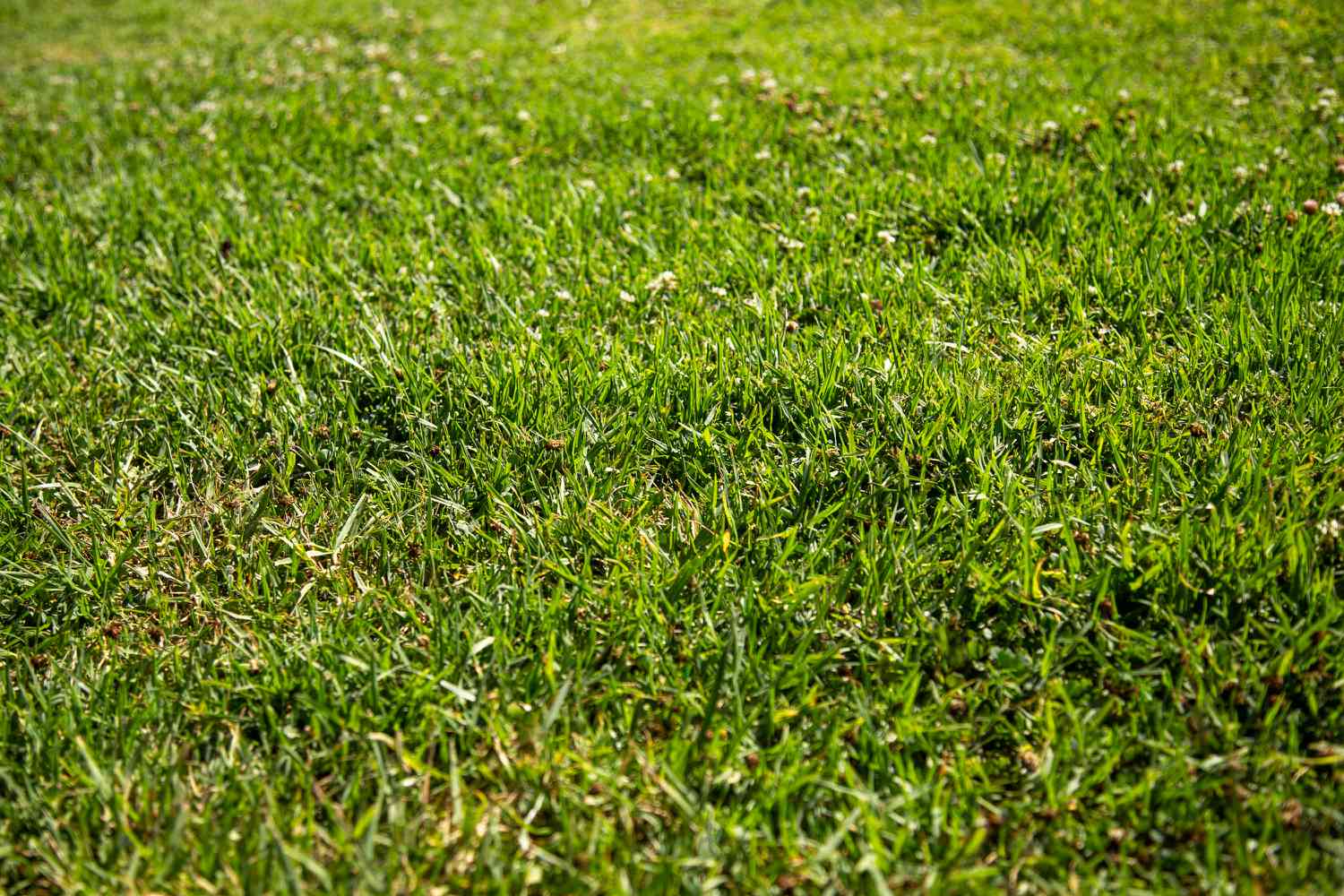
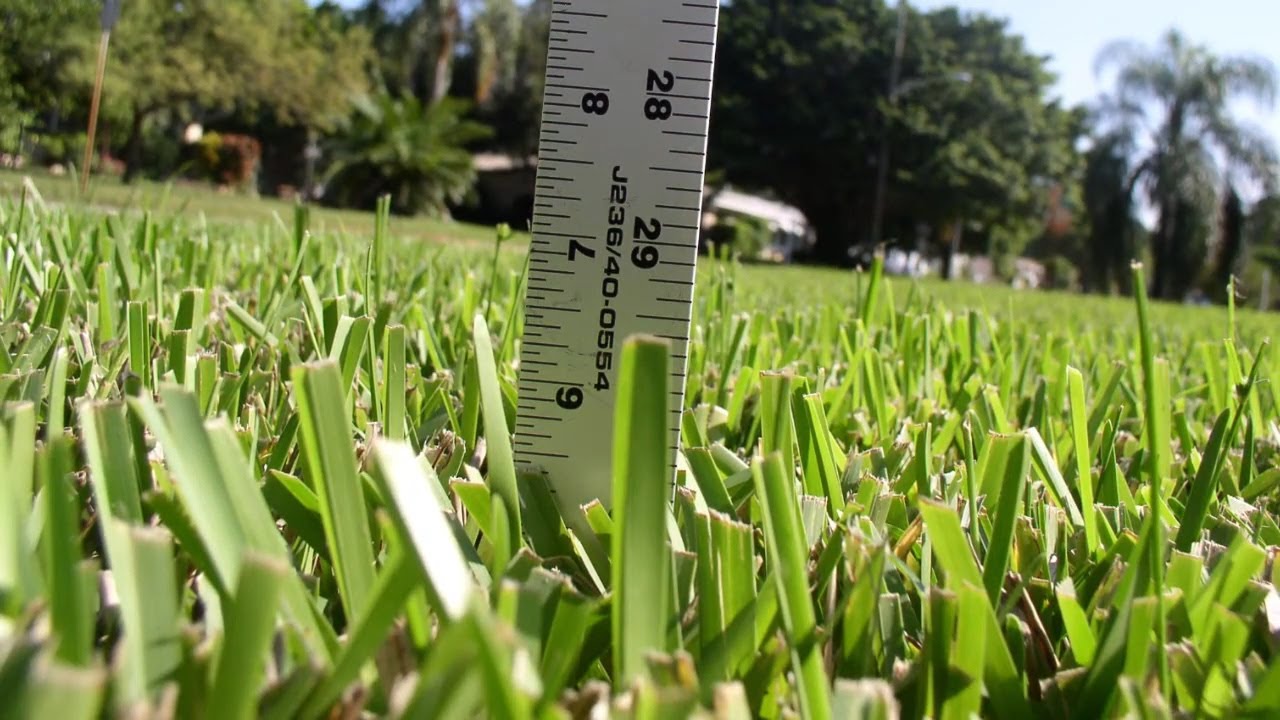
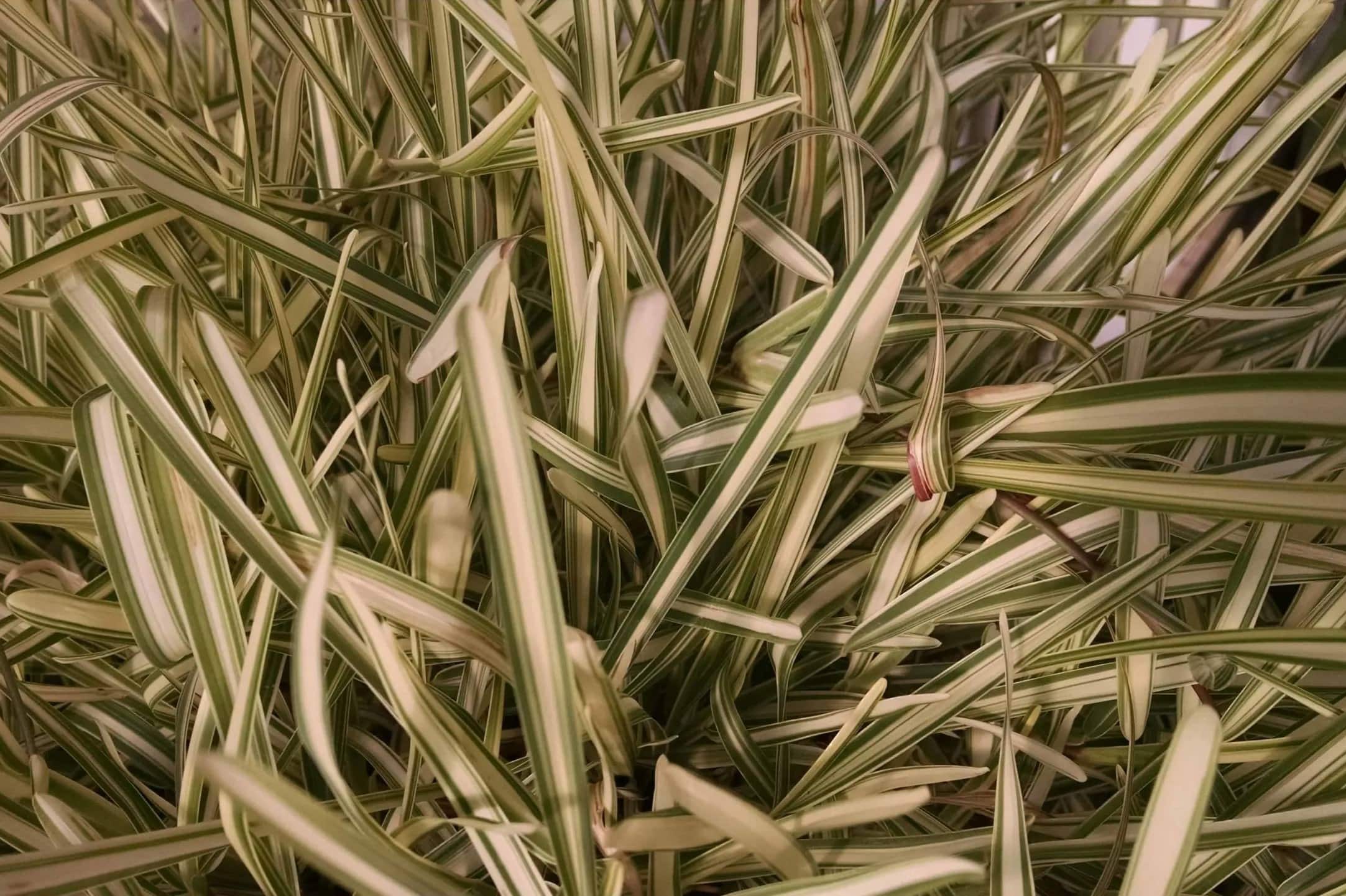
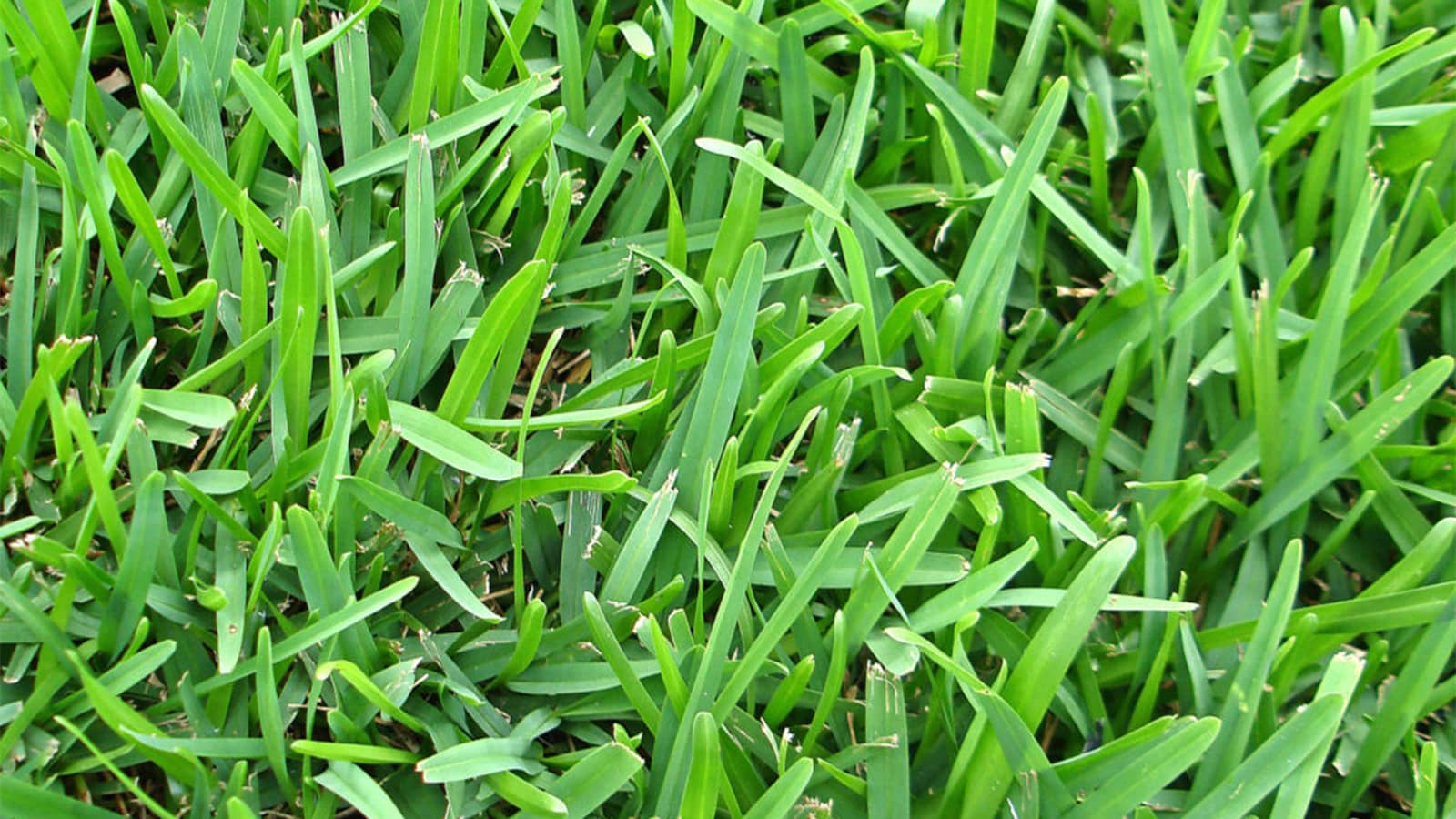
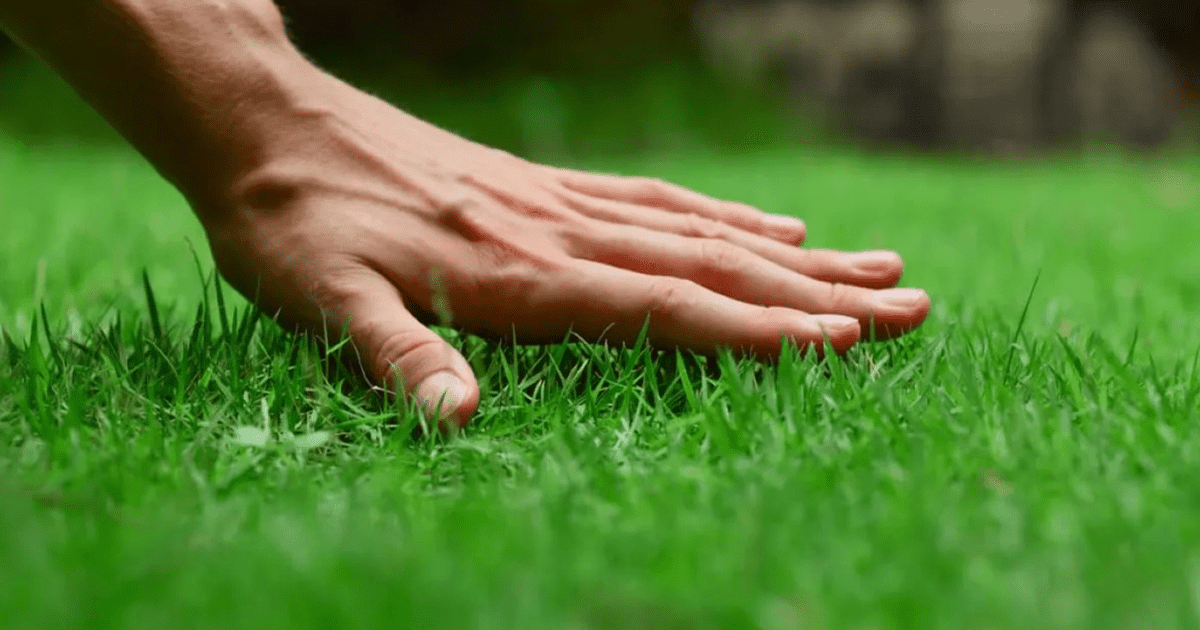
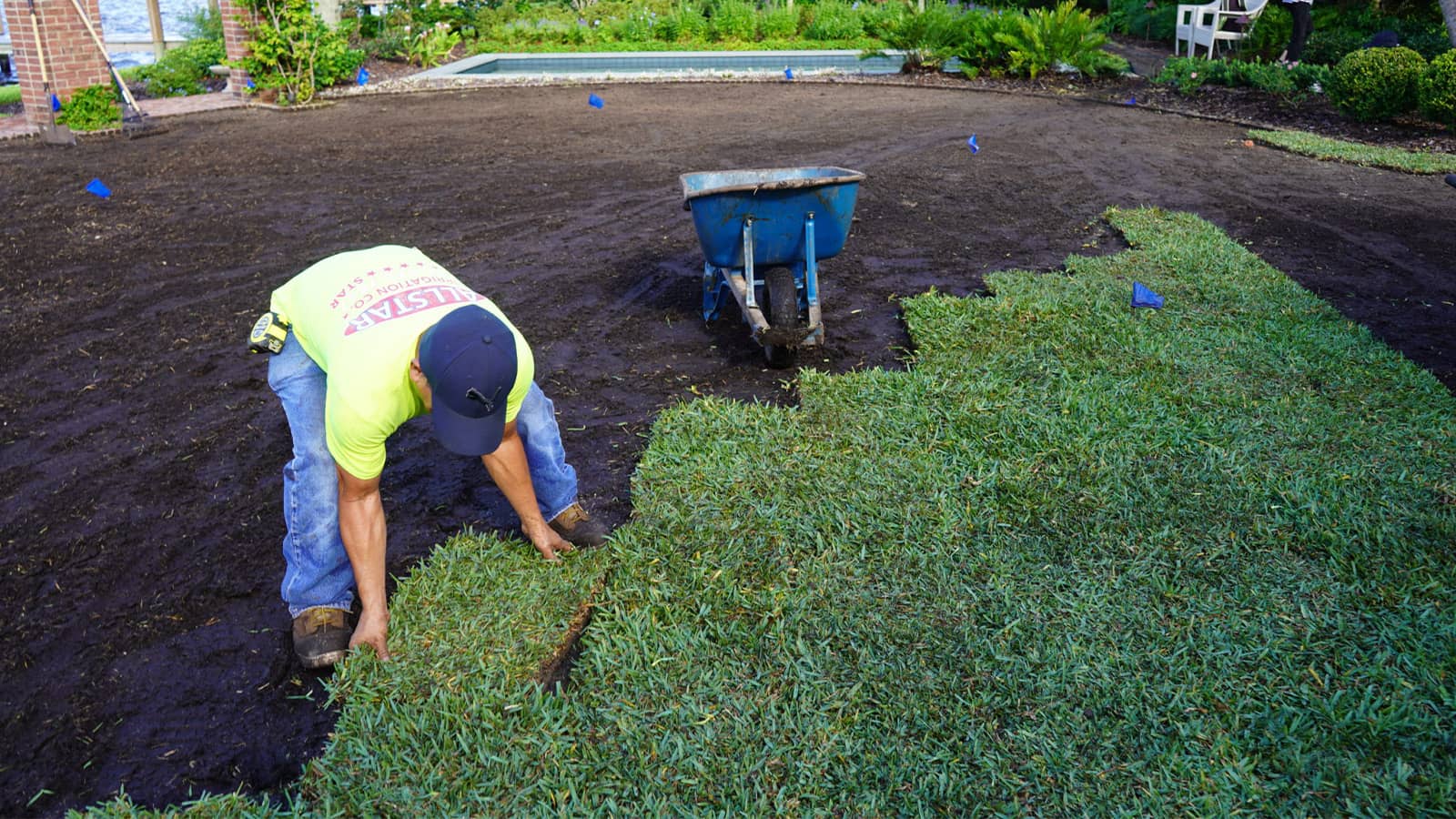
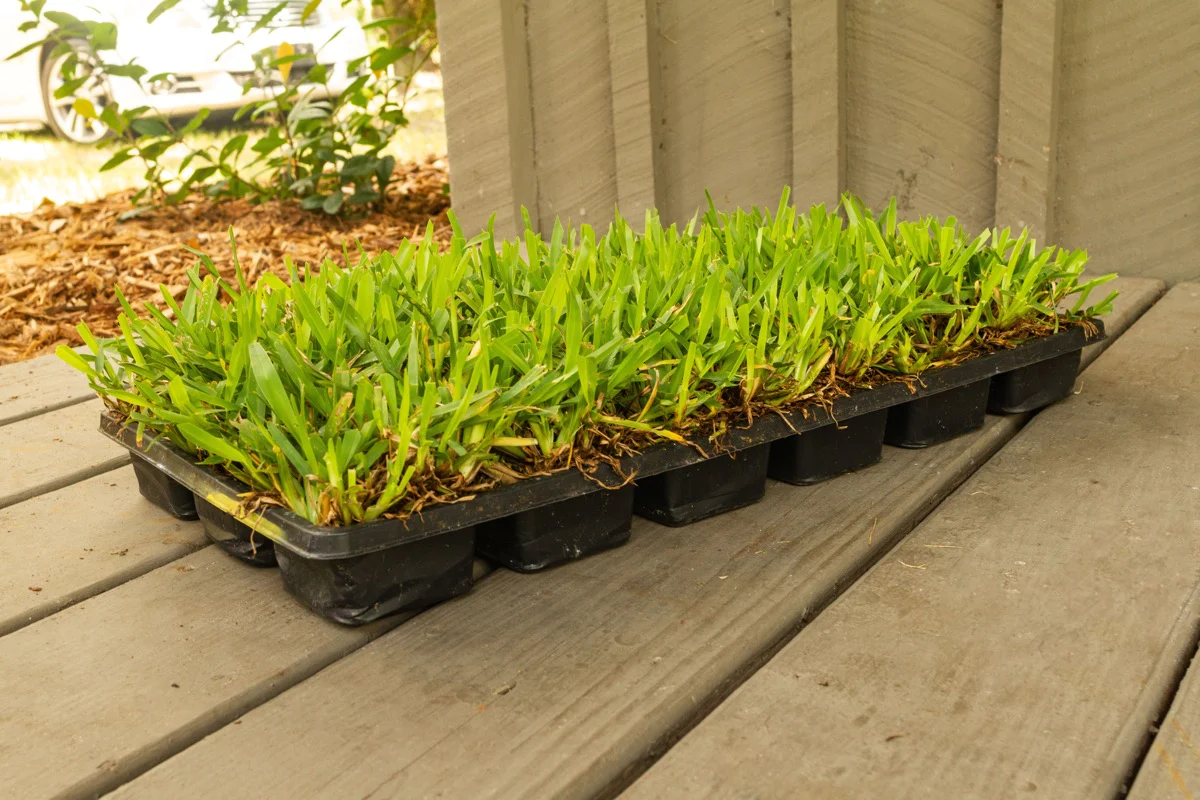
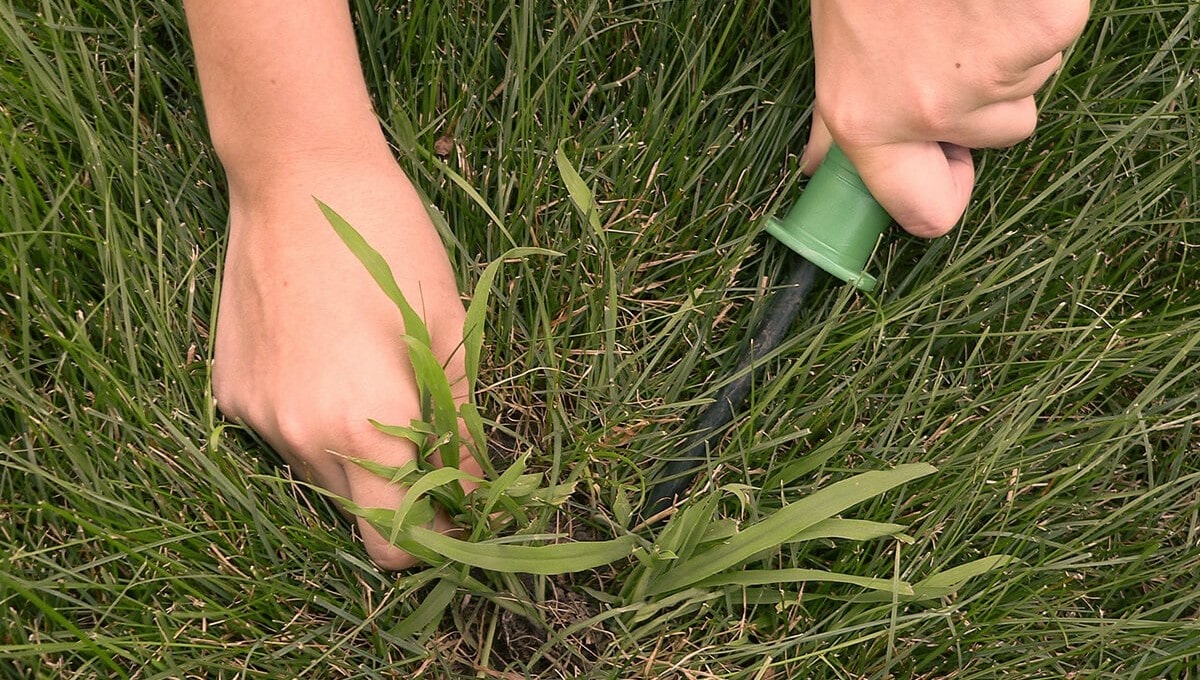
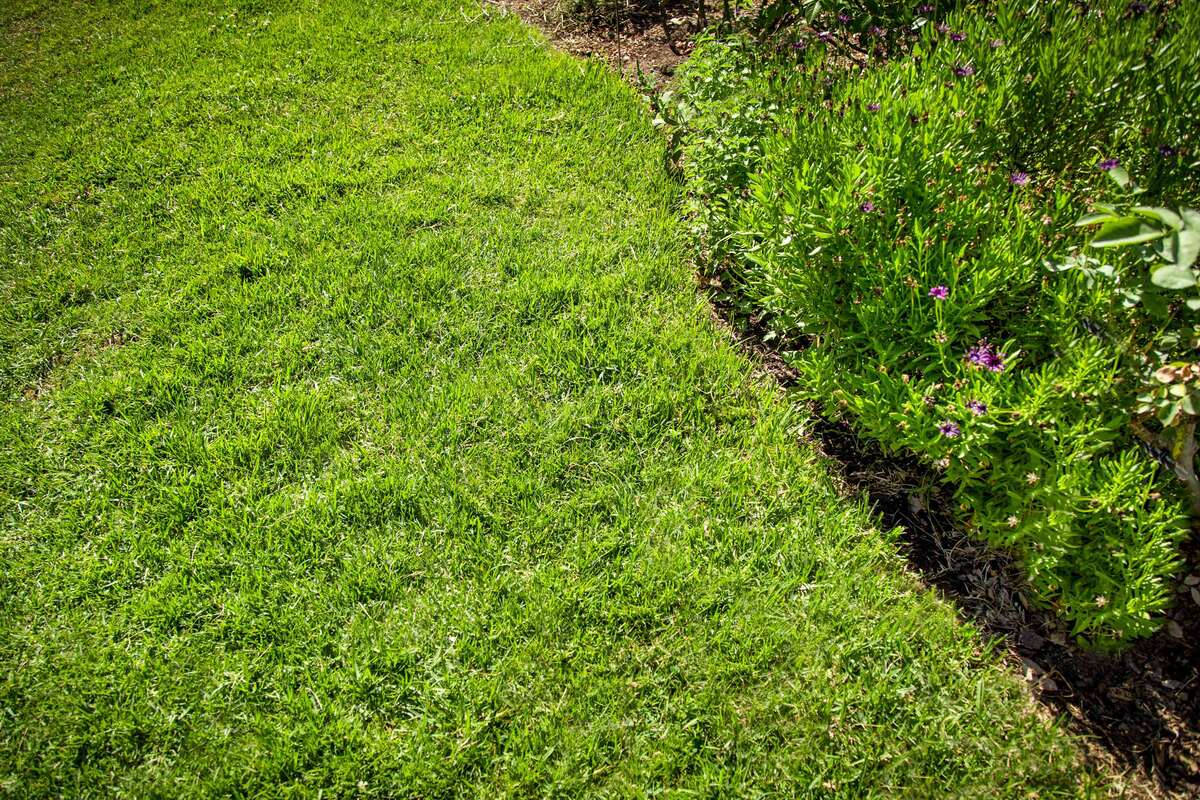
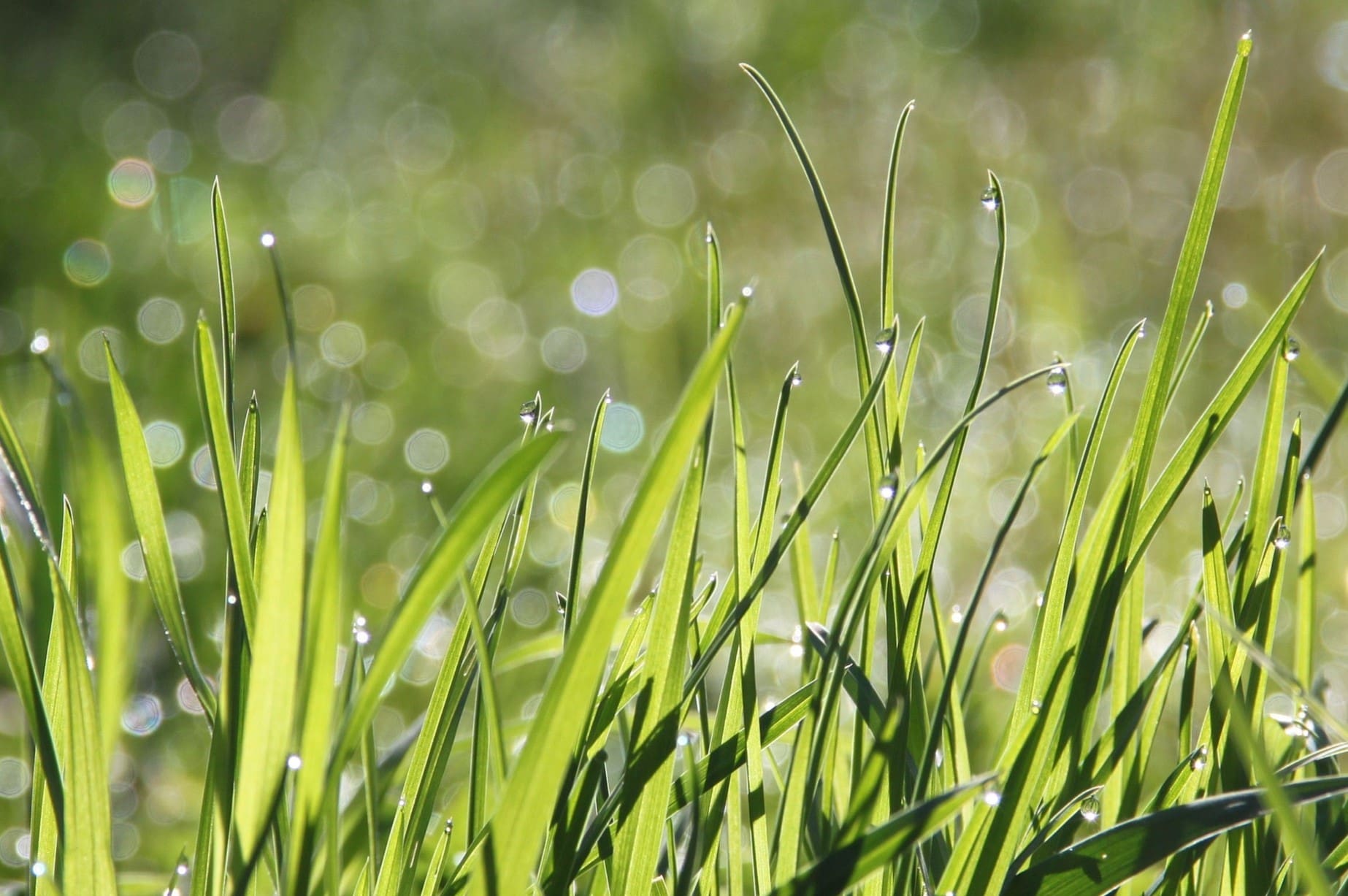
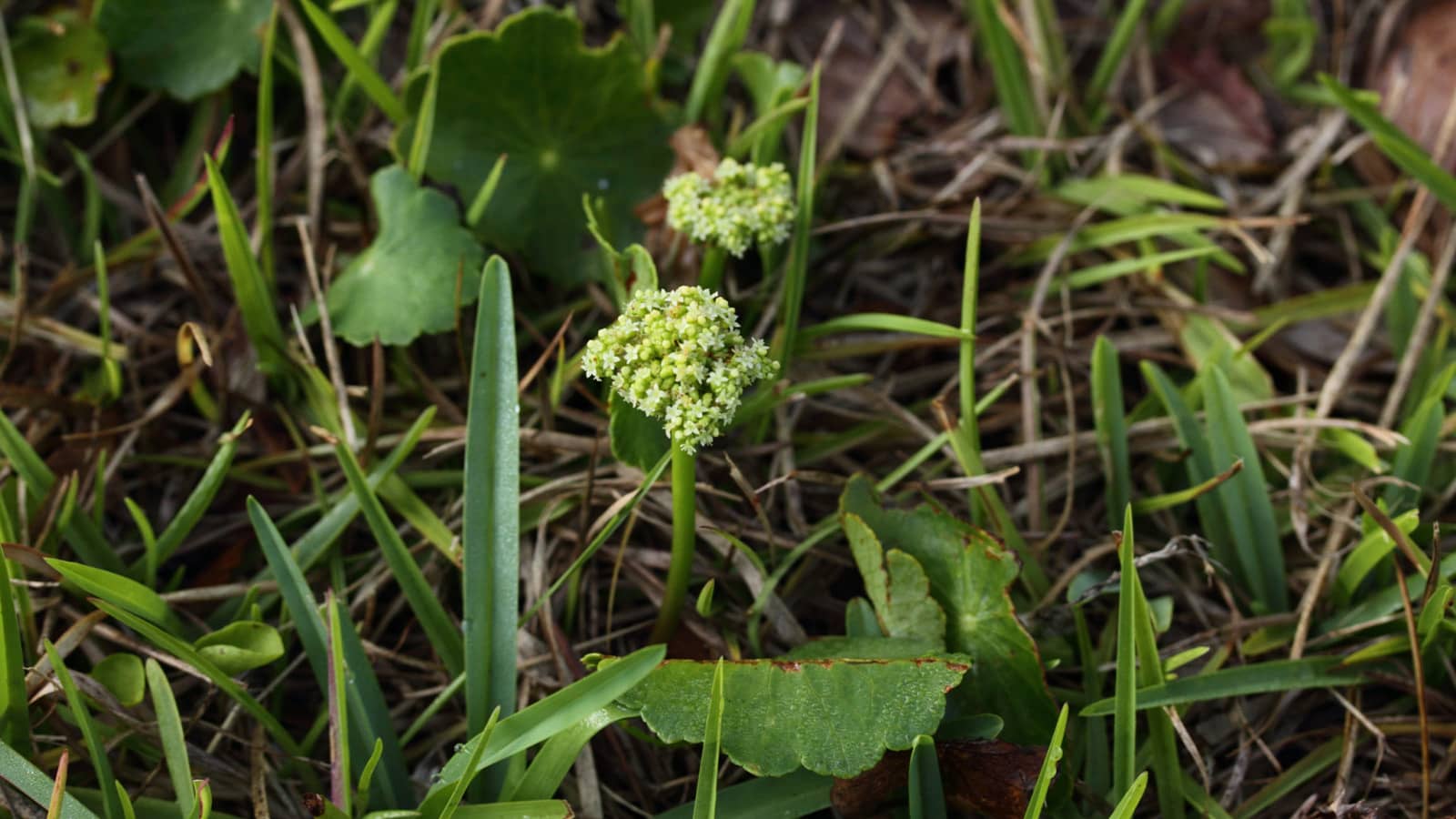
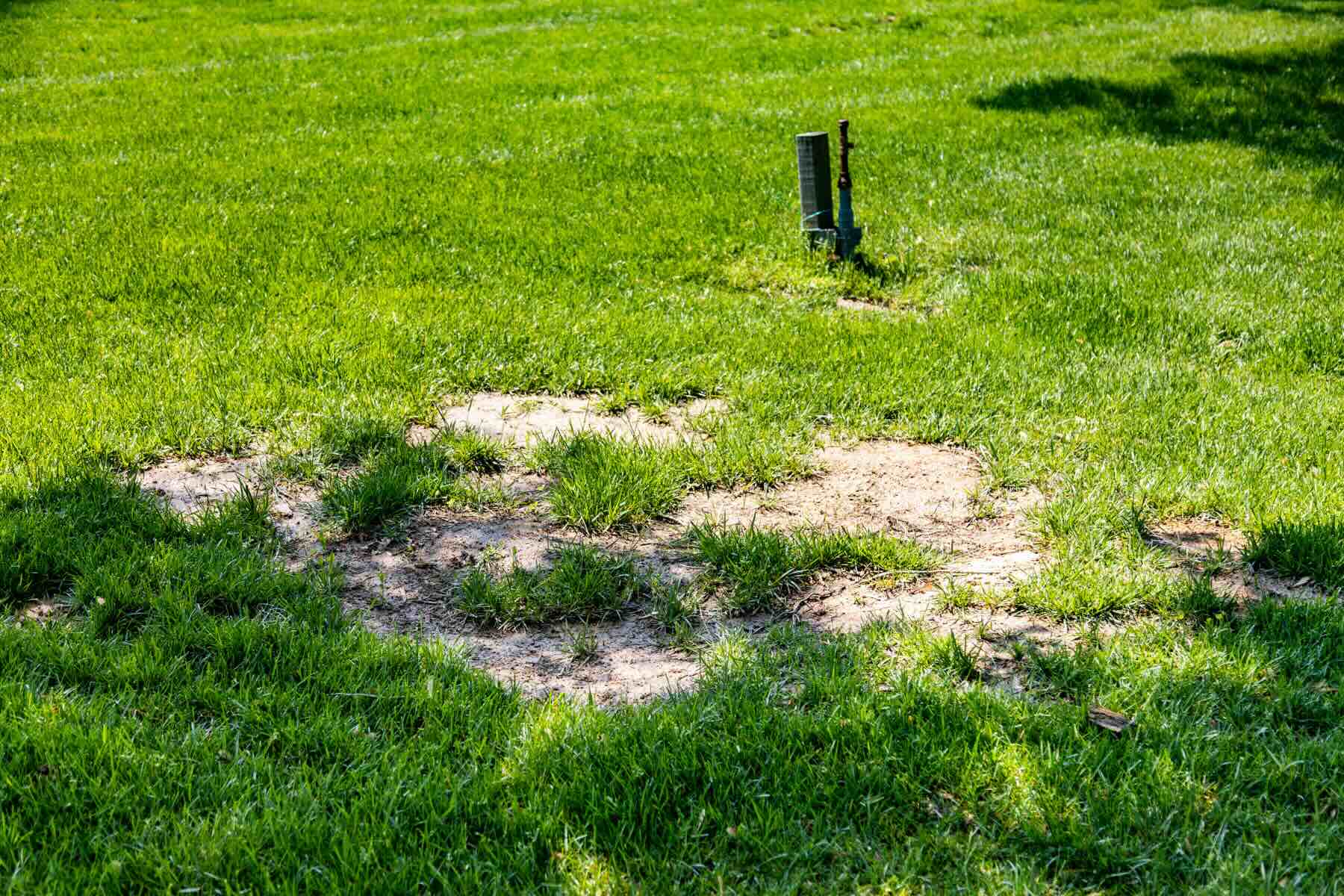
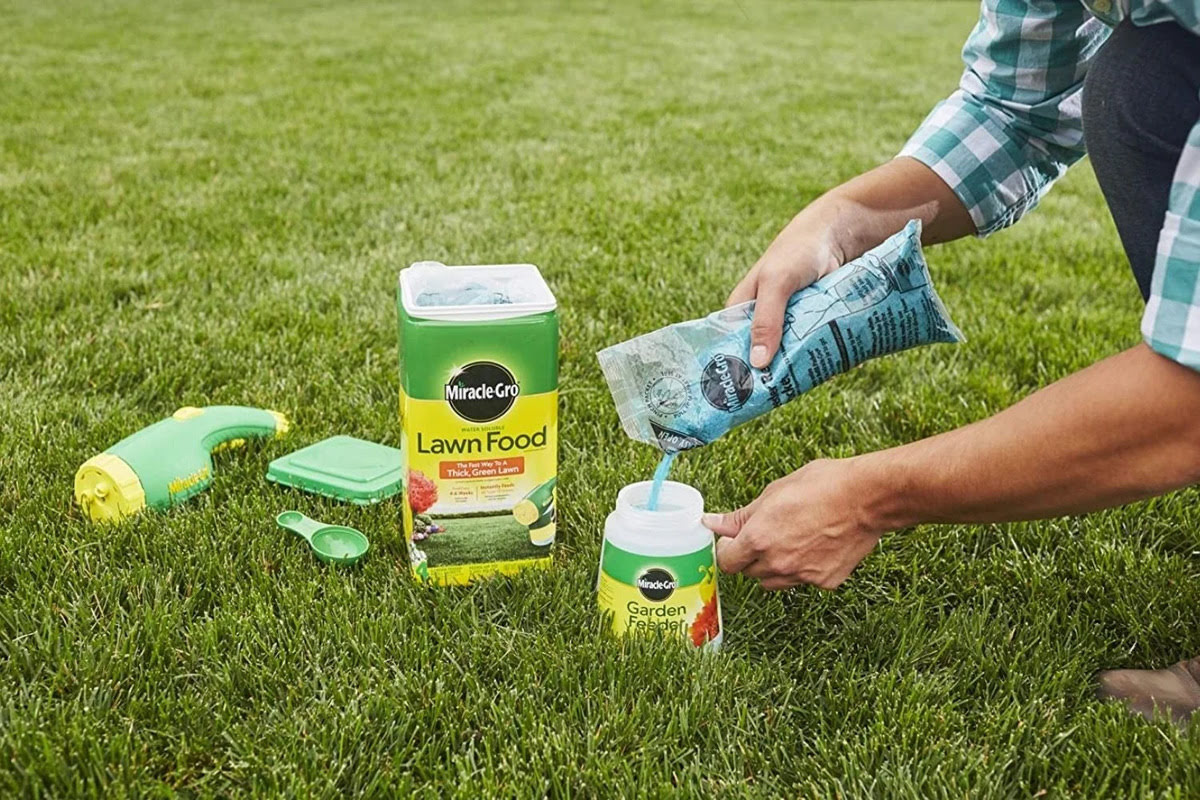

0 thoughts on “How To Grow St Augustine Grass”